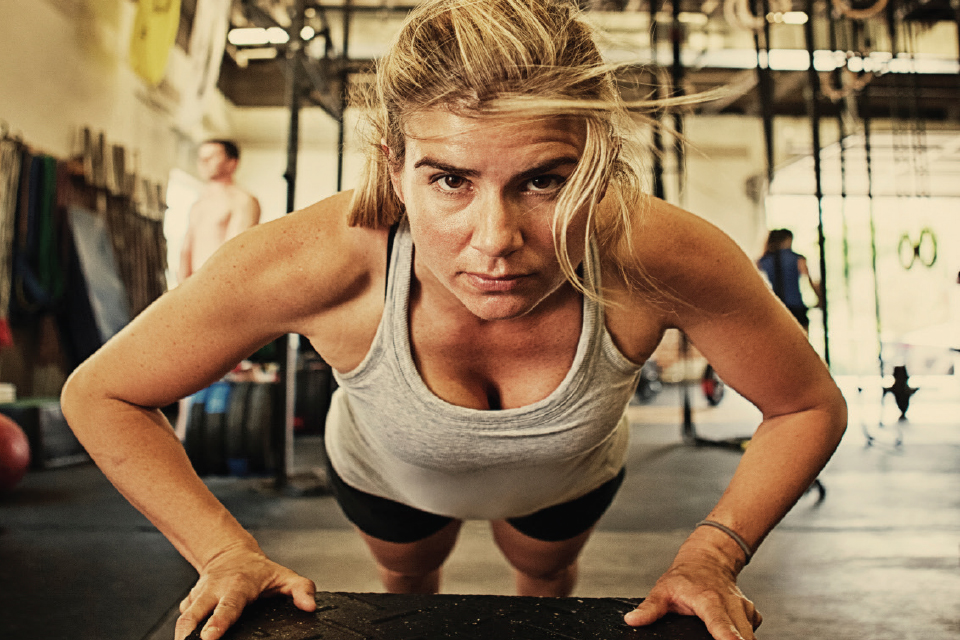Tips to Take Triathlon Training to the Top

Every athlete has a particular tip or trick they use while training and racing and, after 25 years of racing triathlons, I even have a few of my own. However, I thought I would ask local elite athletes and sports scientists what they considered to be the best advice for Austin’s endurance community. What follows (in no particular order) are the top five training methods that endurance athletes should include in their training plan.
Consume carbohydrates with protein within 8 minutes of completing a hard training session.
This is an easy rule to follow and incorporate into your post-exercise routine. Following any high intensity training session or training session lasting more than 2 hours, you need to consume carbohydrates and protein in a 4:1 ratio within 8 minutes of completion. This means as soon as you have finished the workout, the first priority is to take in fluids that meet this ratio. You can get fancy with a favorite commercial sports recovery drink or keep it simple by drinking chocolate milk. Chocolate milk just happens to have the proper 4:1 ratio of carbohydrates to protein.
Why is it so important to refuel within 8 minutes of completion? This is when your main storage tanks for carbohydrates—muscles and liver—are most receptive to replenishing carbohydrates. This quick replenishment of muscles and liver aids in recovery and preps the body for your next training session.
Apply the 80/20 Rule to endurance sports.
The 80/20 Rule is comprised of two types of endurance training intensities: low-intensity training (LIT) and high-intensity training (HIT). LIT, also commonly referred to as long slow distance, is defined as a training session that is greater than 30 minutes and performed below lactate threshold, falling at 60–75 percent of VO2 max (this is an individual measurement of the maximum volume of oxygen an athlete utilizes in one minute of exhaustive exercise). Conversely, HIT—also commonly known as interval training—consists of repeated bouts of exercise lasting 1 to 8 minutes performed at 90–100 percent of VO2 max and separated by recovery periods.
The 80/20 Rule states that 80 percent of an athlete’s training volume should be made up of LIT while 20 percent of training volume should incorporate HIT. To simplify, consider the two intensities as very hard intervals versus very easy training. For those who use heart rate zones, LIT falls into Zones 1 to 3 and HIT is Zones 5 and above. Elite athletes from collegiate 200m swimmers to Olympic marathoners adhere to this rule quite well. Studies show that 77 percent of training volume for swimmers and 78 percent for marathoners falls between Zones 1 and 3. In contrast, age group athletes spend too much time training at lactate threshold intensities and not a proper amount of time at either HIT or LIT.
As an age group athlete, consider the 80/20 Rule or talk to your coach for additional details when constructing your next training block. Be confident that a balanced training plan of LIT and HIT will produce long-term performance improvements. Do not think of LIT training as “junk miles.” On the contrary: LIT is instrumental in laying the fabric and infrastructure to support HIT. Without low-intensity training, your high-intensity training has nothing to stand on.
Take appropriate amounts of rest and recovery.
HIT is only one part of increasing an athlete’s fitness. The other part is taking appropriate amounts of rest between hard training sessions. Adequate recovery results in an increase in an athlete’s form, which is the ability to race and train effectively. Your weekly schedule must include low-intensity training days along with entire days void of training to consistently increase training load over time. Each athlete has a unique requirement for rest and recovery and, therefore, should not be lumped into generic recovery regimens. Heart rate monitors and power meters are effective tools that athletes and coaches can use to ensure rest periods are adequate and LIT sessions are indeed performed at low intensity.
Stop using a pull buoy.
This tip might ruffle a few feathers. Proper swim technique consists of the following three priorities: balance, streamlining, and propulsion. Balance, the top priority, is improved the most by the use of a pull buoy, which raises the hips level with the torso. Swimmers are automatically faster in the water when the body is horizontal, an ideal position that improves balance. This is why I often hear that swimmers—especially triathletes—swim faster while using a pull buoy, which establishes that horizontal body position. However, this ideal body position needs to be acquired without aid. Practicing drills specifically designed to raise the hips is a requirement for all swimmers. Two easy and effective drills to practice are
1. visualizing swimming downhill while leaning on the sternum and armpits as you rotate through the freestyle stroke, and
2. maintaining a neutral head position. The head should hang between the shoulders as you look down toward the bottom of the pool. Lifting your head at any point in the stroke will cause hips to sink.
Incorporate these eight great strength movements.
The following movements will do just fine in building abundant strength for endurance sports. Practicing perfect technique while performing these moves is critical to maximizing their benefit. Be sure to ask your coach or trainer to evaluate your form during each exercise.
Squats
Overhead Press
Kettlebell Swings
Pull-Ups
Lunges
Push-Ups
Deadlifts
Rows






